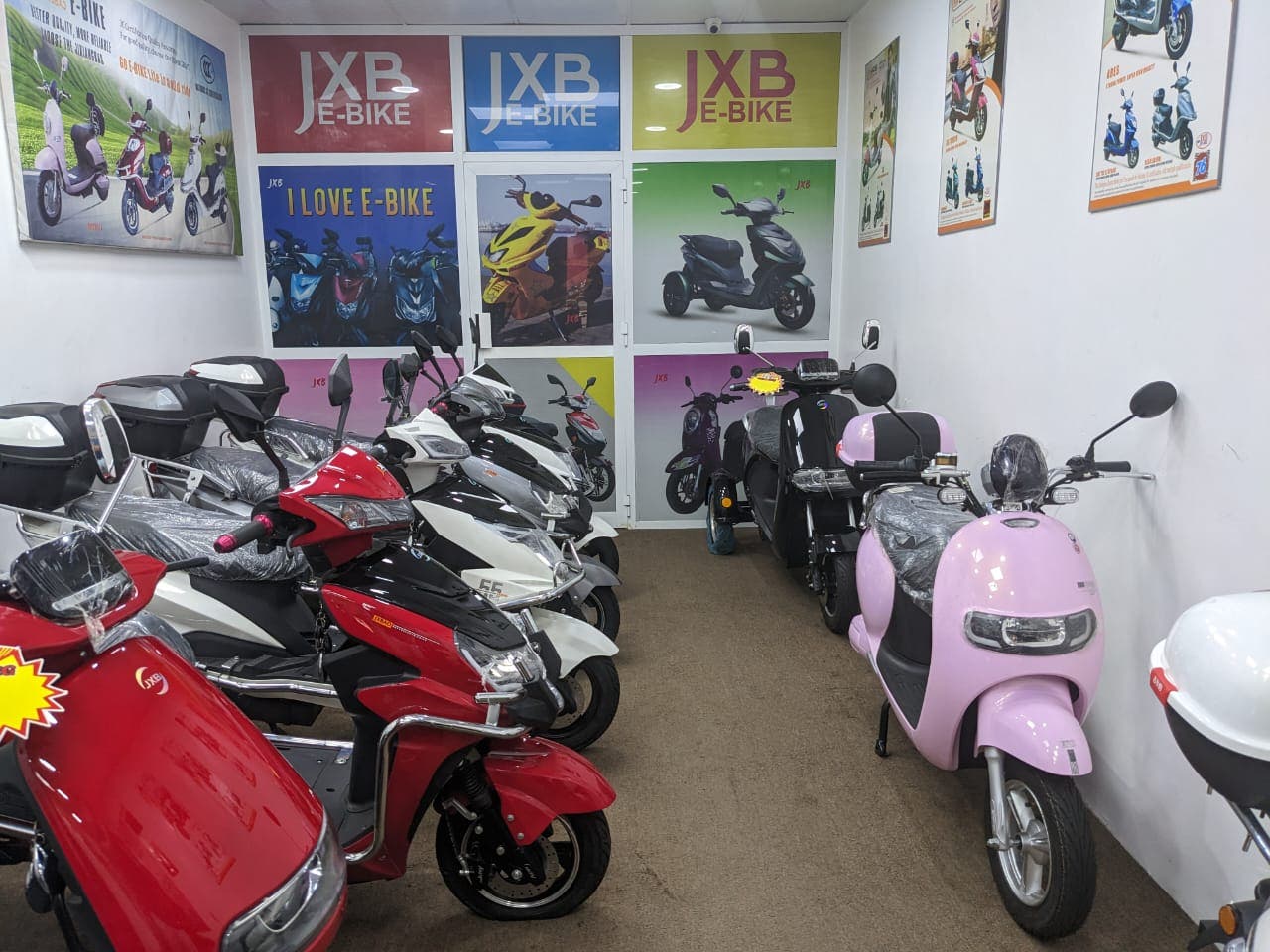Tanzania Now Has More Than 5,000 EVs, The Most In East Africa
Support CleanTechnica's work through a Substack subscription or on Stripe.
The Barriers to E-Mobility in Tanzania Report has just been released. The report is the first of a two-part series in collaboration with UN Habitat & the Urban Electric Mobility Initiative (UEMI) on the barriers to and policies for electric mobility in Tanzania. The first report is on the barriers to e-mobility in Tanzania and was led by the Africa E-Mobility Alliance (AfEMA), and supported by UNH/UEMI. The next report will be on the policies for e-mobility in Tanzania and is also supported by AfEMA.
It’s really worth having a look at the full report to get an appreciation of the Tanzania e-mobility landscape. The industry faces a number of barriers slowing adoption, including high import taxes, unclear government policy, limited funding, too few technicians, low electricity grid access, and limited consumer knowledge. You can find the full report here.
The report also takes a look at how the transport landscape has evolved over the last decade and a half. The data shows that the number of vehicles in Tanzania quadrupled from 2006 to 2016, with the number of two- and three-wheelers significantly increasing to 1.2 million in 2016. The report cites that in 2007, there were a mere 52,015 two- and three-wheelers registered in Tanzania, but this exploded to 1,282,503 by 2016, accounting for 59% of all registered vehicles in the nation.
One thing that stood out for me in the report is how the Tanzanian e-mobility scene has grown organically, driven by the increase in the number of electric 2- and 3-wheelers. You can now find shops selling 2-wheelers in some of the main markets like Kariakoo in the capital city, Dar Es Salaam.

While most of the focus in the e-mobility sector in other countries in East Africa such as Kenya, Uganda, and Rwanda has been on conventional motorcycles for applications in the motorcycle taxi industry, electric scooters for personal mobility are a quite big deal in Dar Es Salaam. Although some of these electric two-wheelers are being used for personal mobility, similar to how they are employed in some Asian countries, the last mile delivery sector is also a major off-taker of these electric two-wheelers. The AfEMA report highlights the case study of Piki, a food delivery service that has successfully deployed electric mopeds driven by women and students, exemplifying the demand and opportunities for affordable and reliable EV2W suppliers.

With over 5,000 EVs estimated on the road, Tanzania now has more EVs than all EVs in other East African countries combined! The AfEMA report adds that over the last few years, at least ten companies have entered the e-mobility industry market in Tanzania. They see significant opportunities in the relatively open field and a large ICE fleet.
The report also says that as electric vehicles are primarily imported, distributed, and serviced by private sector actors, and the business is capital-intensive, there is a need for a significant increase in funding in the sector. This includes grant money for research and development and small pilots, high-risk equity funding, and debt financing provided by vehicle asset financiers, traditional banks, or infrastructure lenders. Yet Tanzanian e-mobility companies have raised only a little over $1 million so far, compared to over $5 million in Uganda and $50 million in Kenya, restraining the ability of startups to serve the Tanzanian market.
Images courtesy of AfEMA
Sign up for CleanTechnica's Weekly Substack for Zach and Scott's in-depth analyses and high level summaries, sign up for our daily newsletter, and follow us on Google News!
Have a tip for CleanTechnica? Want to advertise? Want to suggest a guest for our CleanTech Talk podcast? Contact us here.
Sign up for our daily newsletter for 15 new cleantech stories a day. Or sign up for our weekly one on top stories of the week if daily is too frequent.
CleanTechnica uses affiliate links. See our policy here.
CleanTechnica's Comment Policy


